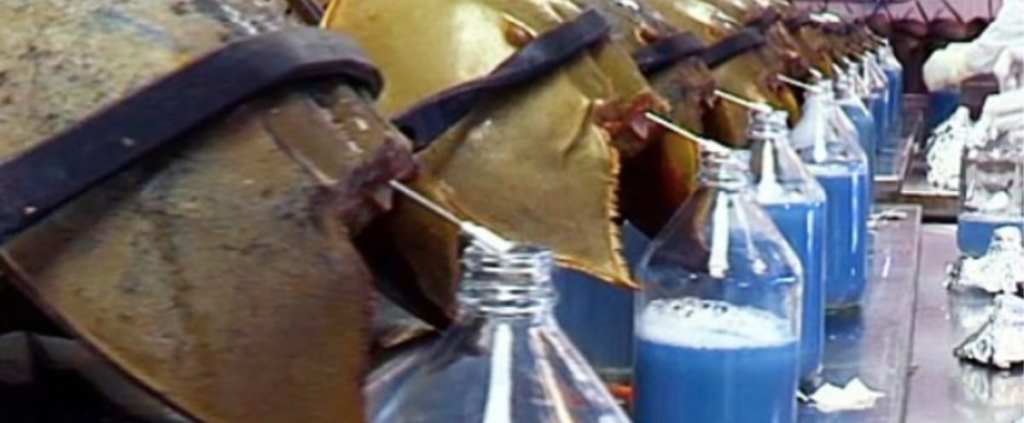Trending Now
As someone who lives in a landlocked state, I’m not the most familiar with horseshoe crabs. It turns out there’s a lot to learn – because any species that has managed to survive for 450 million years likely has at least a couple of evolutionary tricks up their sleeves.
If crabs had sleeves, I mean.
First up: horseshoe crab blood is bright blue, due to copper-based hemocyanin it uses to transport oxygen (instead of the hemoglobin that makes our blood red). Also, instead of using white blood cells to fight infection, they use amebocytes – and the Atlantic horseshoe crab has evolved to the point where their amebocytes of great value to the medical community.
https://www.instagram.com/p/BfIwrAFhkbR/
These amebocytes coagulate around extremely small amounts of bacterial contamination, and the reaction takes only 45 minutes as opposed to the 2 days it takes most mammals’ immune systems to respond. Medical laboratories use it to test equipment and vaccines in a much more efficient manner, which prevents people from dying of infections.
https://www.instagram.com/p/Bp0o0rqHaZx/
The value of horseshoe crab blood is unfortunately leading to overharvesting – a quarter of a million crabs are harvested for their blood every year – and the population is in a steep decline that may be impossible to recover from, unless extreme measures are taken.
https://www.instagram.com/p/Bn8pYteHrON/
The crabs aren’t killed for their blood, though; 30% of their blood is harvested, then they’re returned to the ocean. That said, around 10-30% of the crabs don’t survive the process, and females who are bled often breed less afterward.
But the blood goes for $15k a liter, so I doubt people are going to stop anytime soon.






